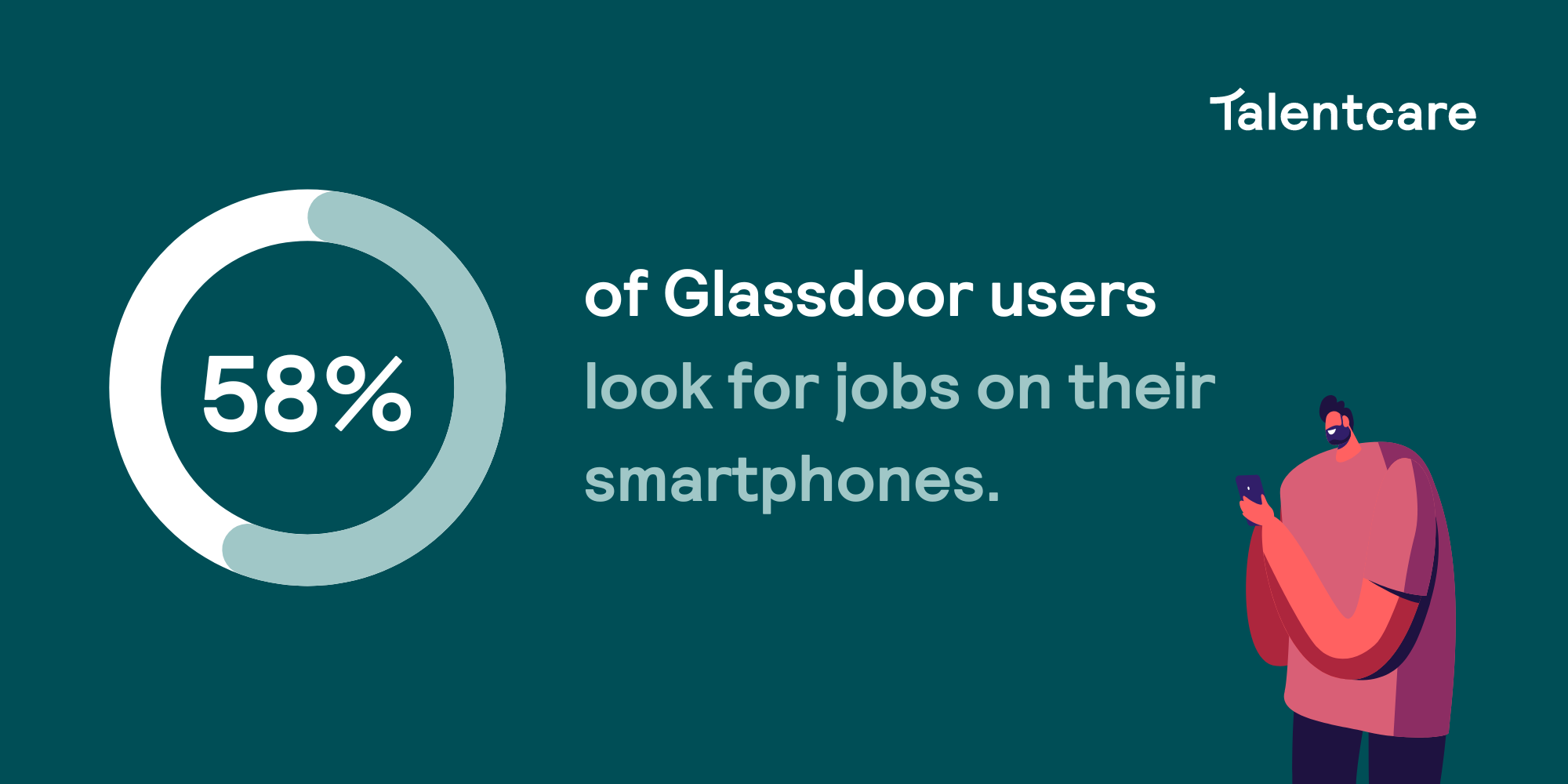Any company with a website (in 2023, this means all companies) relies on users finding their site via a search engine. Recruiters rely on candidates finding their career sites, job ads and postings in a crowded online marketplace and we make this happen by optimizing our website pages and postings so that they show up in a job seeker’s search results. No matter how strong your brand, if you’re not up-to-date on search engine optimization (SEO), it’s easy to get lost in that crowd.
SEO is the practice of increasing the quantity and quality of traffic to your website through organic search engine results. The question is: If you build a career website, will the candidates come? Not necessarily.

In this post, we’ll hit some highlights and steps you can take to make sure your digital content is optimized for search so that candidates can find your job postings.
SEO Isn’t as Complicated as You’d Think
Here’s the thing about SEO: You could learn every single thing about SEO today, wait six months, and everything you know about what Google wants and does not want will be outdated. Search algorithms are not transparent, a lot of SEO experts spend their days trying to guess what search engines want today, and algorithms change frequently. But we do know there are some best practices that have been around for a long(ish) time and – because we spend a lot of time working on this for our clients – we know what works.
- Optimize your website's content for relevant keywords related to the types of jobs you offer and the industries you serve. How do you know what keywords are relevant? There’s one cheat: let’s say you want popular search terms for “front desk jobs.” You can see what people search for (in your region) by typing that into Google’s search bar and see what pops up underneath

There are also free tools like the keyword generator from ahrefs.com and Wordstream’s keyword finder. You’ll want to include locations in your keywords when recruiting for a specific geographic area along with an accurate and descriptive job title (not what you call the position internally; what candidates who are looking for roles like yours search for online).
- Use meta descriptions and header tags (H1, H2, H3) to ensure that search engines understand the structure of your website and the content it contains. While we’re getting meta, make sure you have alt text on your images, otherwise search engines don’t know what your image is.
- Create high-quality, original content that provides value to job seekers and demonstrates your company's expertise and thought leadership in your industry. It’s important to remove or update outdated content (updating is preferred) and to regularly update the content on your career website. Be consistent in updating your career website, regularly adding new job listings and updating existing ones. This doesn’t just feed the search engines; it helps to keep your website fresh and engaging for job seekers.
- Make sure your website is mobile-friendly, as many job seekers access career websites from their smartphones. A slow load time on mobile can result in abandoned applications and candidate frustration. Other challenges to consider are text size, CTA button size, forms/content running off the screen, and intrusive pop-ups. Glassdoor, alone, reported that 58% of their users are looking for jobs on their phones, so if you’re not mobile-optimized, you could be losing a large percent of applicants due to a poor candidate experience. Test your site and your application process on mobile devices!

- Use social media and other online platforms to share your content and build backlinks to your website. Along those lines, make it easy for people to share your job postings on their own social networks. Adding social sharing buttons is easy (and we love easy).
- Create a sitemap and submit it to search engines to make it easier for them to crawl and index the site. This is probably the most difficult task for SEO beginners, so if you’re not a tech wiz, talk to your IT department or webmaster. They’ll know what to do.
How Do You Know Your SEO Is Working?
We work with recruiters…and we’re data dorks, so you know the answer is always data. Your site traffic data and its performance in search, specifically. In Google Search Console (part of Google Analytics), you can view an organic traffic report that tells you what users search for in order to find your career site, the search volume for your keywords, your site’s performance in search, if your pages have been indexed by Google, and (important) your mobile site performance. This can not only help you identify pages that aren’t getting indexed, but also pages with errors that you can fix so they will.
If reading this makes you tired, we can help. At Talentcare, we do this career site makeover thing all day long. And we love it. Drop us a line or slide into our DMs.
